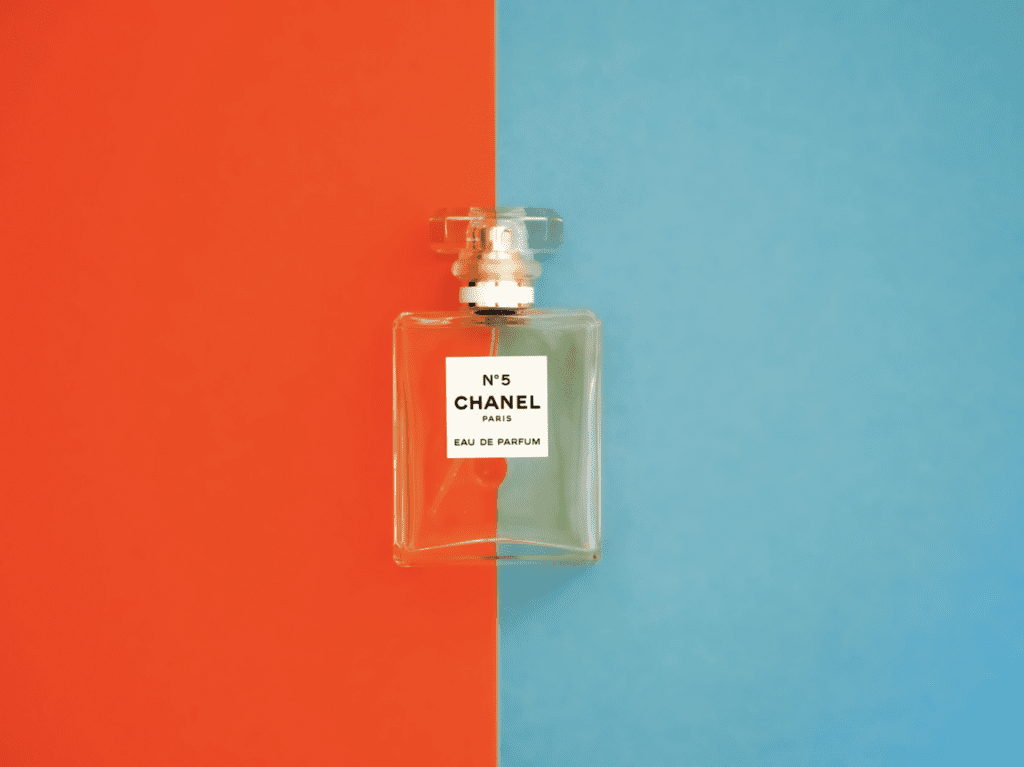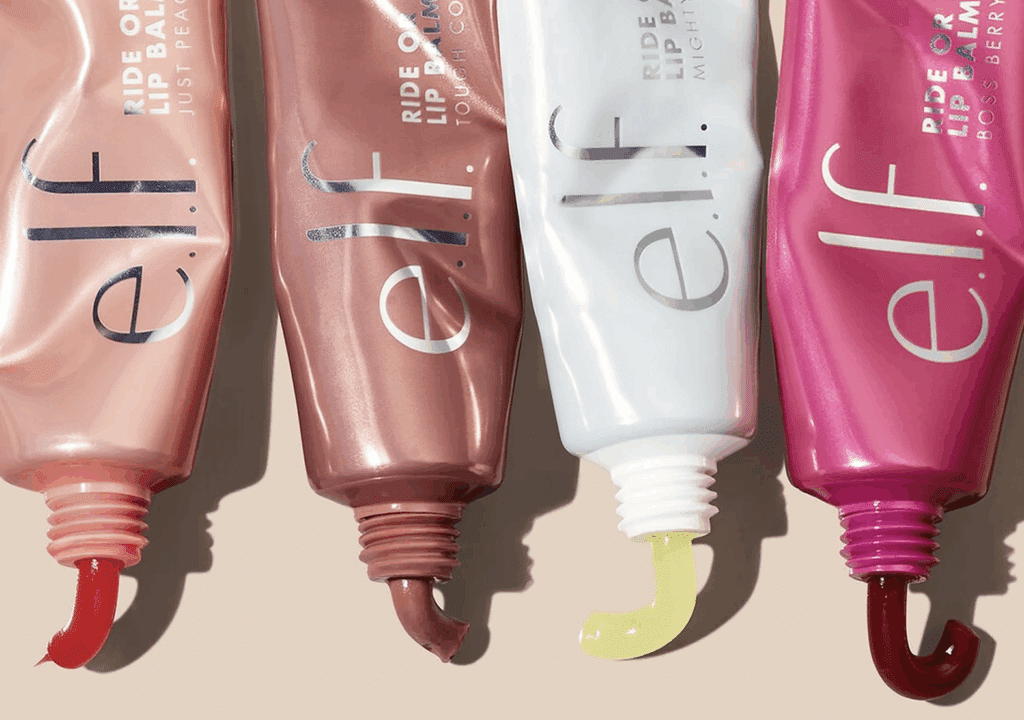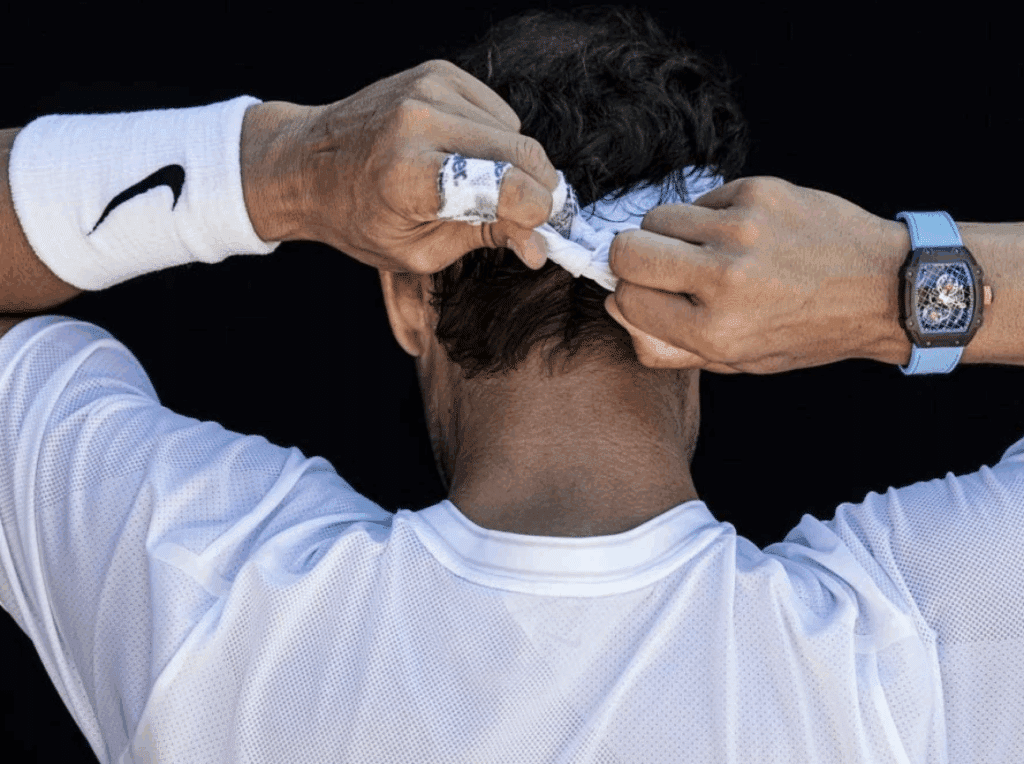Chanel has been handed a loss in its attempt to block the registration of a cosmetics-centric trademark that it claims is a bit too similar to two of its own marks, namely, its well-known No. 5 mark and a simplified version that consists exclusively of the number 5. On the heels of initiating an opposition proceeding with the European Union Intellectual Property Office (“EUIPO”) in September 2023 on the basis that a mark that consists of a stylization of the number 5 along with either the letter “M” or “N” is likely to confuse consumers about the source of the products upon which it appears, the EUIPO’s Opposition Division has sided with Simb D.O.O., which is looking to register the mark for use across an array of cosmetics and skincare products.
In an opinion dated June 17, the EUIPO’s Opposition Division rejected Chanel’s opposition in its entirety, finding that even though the goods identified in Simb D.O.O.’s application are nearly identical to those offered up by Chanel, “there is no likelihood of confusion on the part of the public.” After assessing the level of similarity between Chanel’s two marks and Simb D.O.O.’s mark and finding that there is a “low degree” of similarity at play, the Opposition Board considered the distinctiveness of Chanel’s marks.

While Chanel argued that its No. 5 word mark and the figurative mark that consists of the number 5 in standard typeface (collectively, the “No. 5 marks”) “have reputation and enjoy a high degree of distinctiveness as result of their long standing and intensive use in France in connection with all the goods for which they are registered,” the Opposition Board was not convinced based on the evidence submitted by the brand.
Reflecting on the evidence submitted by Chanel, the Board stated found that the evidence – which included a printout from the “Chanel No. 5” perfume Wikipedia page; an English brochure depicting Chanel’s name and the No. 5 marks in relation to perfume; Chanel fragrance ads from 1957 to 2014; and a photo of a physical store bearing Chanel’s name and the number “5” on one of the windows – does not establish that Chanel’s No. 5 marks “enjoyed a high degree of distinctiveness as a result of long standing and intensive use prior to” when Simb D.O.O. filed its application for the mark at issue.
Specifically, the Board took issue with the evidence, finding that …
> An extract from Wikipedia is insufficient, as it “lacks certainty as a source of information, since it is drawn from a collective encyclopedia established on the internet.”
> “Most of the evidence dates back to previous decades,” and there is “no indication as to whether the earlier marks were still in use and being promoted on the date of [Simb D.O.O.’s] application.”
> Some of the advertising materials that Chanel submitted “can be used as evidence of the earlier marks’ longevity and that the appearance of various celebrities in said materials speaks to the financial means absorbed by the ad campaigns.” However, there is “no evidence as to how, when and where the advertising materials” – including the English language brochure – “were distributed … [and] if they ever reached consumers in the relevant territory, or if the marketing campaigns were limited to other geographical areas of the world.”
Finally, the Board stated that Chanel failed to provide “any information” as to the market share held by” its No. 5 marks or the revenue generated from – or the quantities sold – of products bearing the No. 5 marks. As a result, the Board said that it could not “draw conclusions as to how many consumers were actually exposed to the [No. 5] trademarks … and to what extent the consumers in the relevant territory recognize the marks and associate them with the relevant goods.” And to make matters worse, the Board noted that it is “restricted in its examination” (by Article95(1) EUTMR) to “the facts, evidence and arguments provided by the parties,” and thus, “cannot take into account facts known to it as a result of its own private knowledge of the market.”
With the foregoing in mind and given that “the differences between the signs are striking and will be remembered,” the Board rejected Chanel’s opposition, enabling Simb D.O.O.’s mark to move ahead in the registration process. As for whether the mark will ultimately nab a registration is up for debate, as Chanel will likely lodge an appeal.
THE TAKEAWAY: As for what other brands can take away from the Board’s decision, French IP lawyer Sandrine Petoin states, “This may be a bit of a lesson for big name brands that probably believe that the distinctiveness (like the notoriety) [of their trademarks] is self-evident.” In other words, no matter how well-known a trademark is in the “real” world, which Chanel No. 5 (as one of the most famous fragrances in the world) certainly is, trademark holders will still need to submit sufficient evidence to the relevant trademark body that the mark maintains a reputation and enjoys “a high degree of distinctiveness as result of [its] long standing and intensive use” on the goods at issue.
The opposition is Chanel v. Simb D.O.O., Nо B 3 203 223 (EUIPO).














